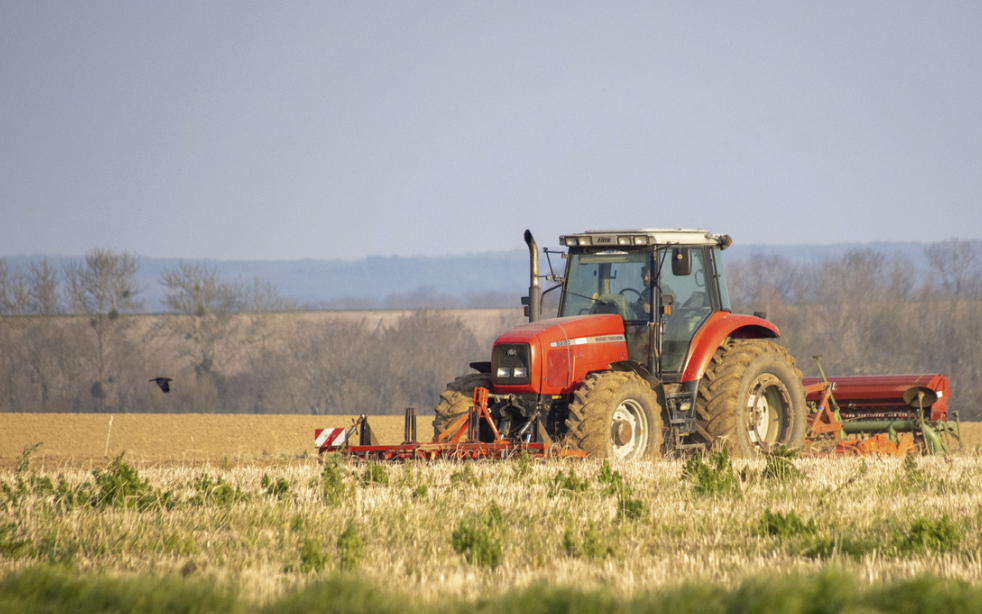
Public Money, Public Responsibility: How Conditionality Shapes European Farming
The conversation around how Europe supports its farmers is central to our food security and environmental health. At the heart of the Common Agricultural Policy (CAP) lies a system known as conditionality. It may sound like a technical term, but it is quite simple: it is the set of rules farmers must follow to receive payments under the EU’s Common Agricultural Policy (CAP). These rules link public support to responsible farming, making sure that agriculture protects animal welfare, public health, and the environment. In other words: public money comes with public responsibilities.
Conditionality is the critical link between the billions of euros in taxpayer money supporting agriculture and the expectation that farmers adhere to certain standards that benefit society as a whole –protecting animal welfare, ensuring public health, and safeguarding the environment. Yet, for many farmers, particularly small farmers, these rules are perceived as a big administrative burden that adds complexity and costs to their day-to-day work.
Reducing the administrative burden of farmers is, precisely, one of the objectives of the CAP 2023-2027, and the main goal of the provisional political agreement reached on November 10 between the European Parliament and the Council to reduce administrative burden, simplify payment schemes, and boost farmers’ competitiveness through the CAP simplification package.
How does the CAP conditionality works?
When a farmer signs up for CAP support, they agree to follow two main sets of rules. The first, called Statutory Management Requirements (SMRs), apply to all farmers, regardless of whether they receive CAP payments. These rules derive from EU legislation on things like animal welfare, plant and animal health, and environmental protection.
The second type, Good Agricultural and Environmental Conditions (GAECs), apply only to those who benefit from CAP support. Here, the emphasis is on land stewardship — protecting soil structure, preventing erosion, maintaining water quality, and preserving natural landscape features. By following GAEC standards, farmers help safeguard the long-term sustainability and resilience of Europe’s farmland.
What Happens if Farmers Do Not Comply? Conditionality is not optional. When farmers fail to meet SMR or GAEC requirements, their CAP payments may be reduced. The size of the penalty depends on how serious or repeated the breach is — for example, intentional non-compliance can carry a much bigger deduction. These penalties don’t only apply to direct payments: they can also impact rural development funding or even sector-specific support like wine subsidies.
How Conditionality Has Changed
With the CAP 2023–2027, conditionality was updated to make the rules more flexible and easier to follow, while keeping environmental ambition at the forefront. Key greening practices, including soil protection, buffer strips along watercourses, crop rotation, and the preservation of landscape features, are now embedded into the conditionality rules.
Experience from the first two years of the new CAP period showed that farmers needed more flexibility. As a result, inspections have been reduced, and farms under 10 hectares are now exempt from controls and penalties, making life simpler for smaller holdings. Several GAEC standards were also adapted.
Soil cover rules can now be defined more flexibly, crop diversification can replace strict rotation requirements, and non-productive landscape features have shifted from mandatory to voluntary measures, supported through eco-schemes. On top of this, member states can request temporarily adjust the rules in case of extreme weather events and are now allowed to amend their CAP Strategic Plans twice a year, giving them more room to respond to changing agricultural and climatic conditions.
Why Conditionality Matters
Conditionality matters because it ensures that public money delivers real public value. Since the CAP is funded by taxpayers, people reasonably expect something meaningful in return — cleaner water, healthier soils, richer biodiversity, and a farming system that respects the environment. Conditionality helps deliver these outcomes by making sure agriculture contributes not only to food production but also to broader environmental and social goals. It also helps build trust. By showing that subsidies come with shared responsibility, conditionality turns CAP payments from simple financial support into a partnership between farmers, taxpayers, and the environment.





